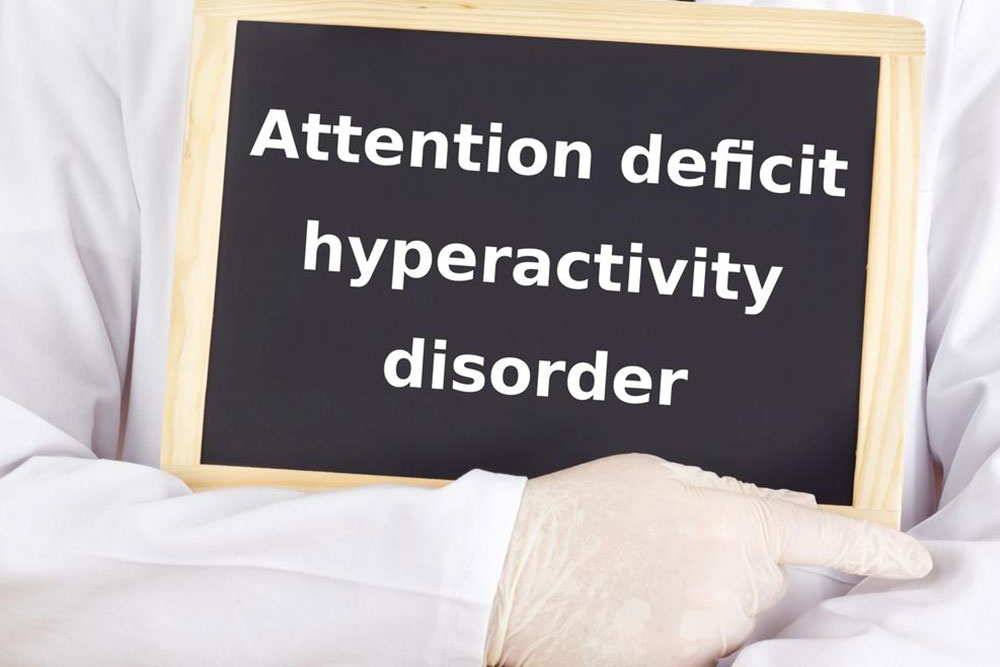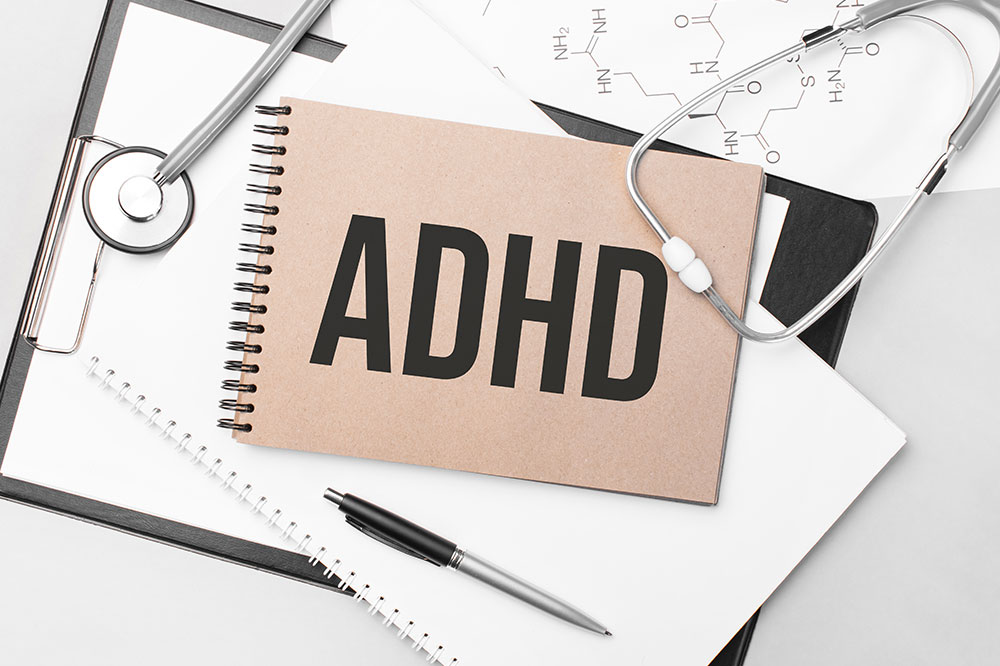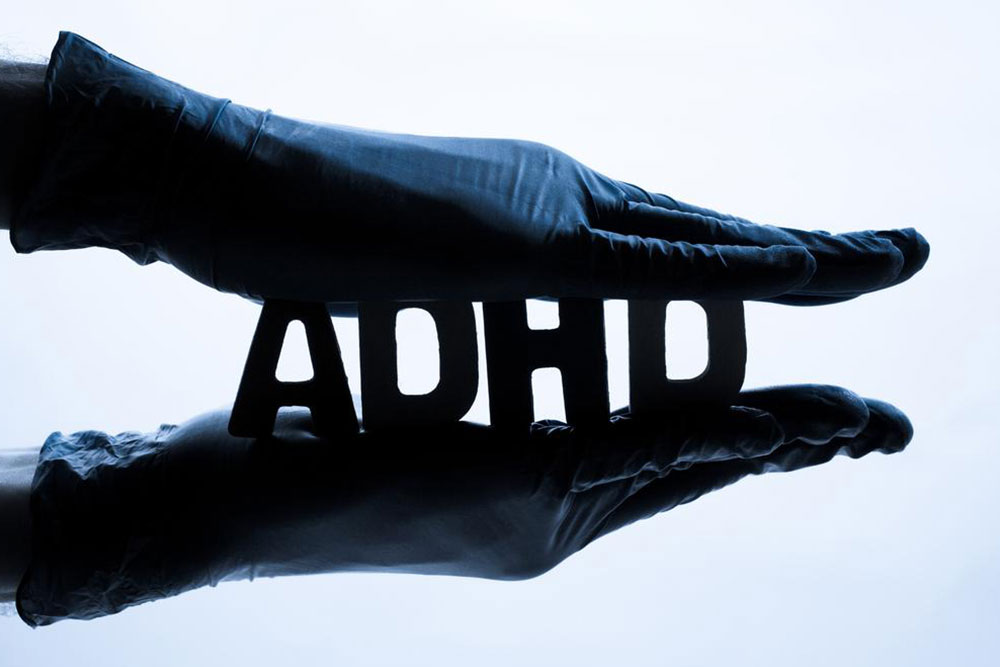Managing Childhood ADHD: A Parent's Guide
This comprehensive guide helps parents understand and manage childhood ADHD. It covers symptoms, types, causes, treatment options, and the importance of a supportive environment. Early intervention and professional guidance are emphasized to support affected children and promote their well-being.

Supporting Children with Attention Deficit Hyperactivity Disorder
Understanding Childhood ADHD
As a parent, you may observe that your child struggles with focus and seems lost in their own world. Do they frequently appear distracted, offer vague responses, or interrupt often? These signs are common at various ages and may resolve over time. However, if these behaviors persist or worsen, it’s crucial to consult a healthcare professional, as your child could have ADHD – Attention Deficit Hyperactivity Disorder. Let’s explore this condition further.
ADHD Symptoms in Children:
Typical signs include
constant movement
frequent interruptions
easy distractibility
inability to complete tasks
unusual speech patterns
inattentiveness during conversations
If these behaviors persist over time, seeking medical advice is recommended. There’s no definitive test for childhood ADHD, but physicians evaluate behavior patterns at school and in daily life, sometimes performing medical exams or non-invasive brain scans.
Additionally, behavioral changes may stem from emotional stress due to major life events like parental separation or loss, bullying, depression, or bipolar disorder.
Types of Childhood ADHD:
Combined type: exhibits inattentiveness, hyperactivity, and impulsiveness
Hyperactive type: mainly hyperactive and easily excited
Inattentive type: struggles with concentration and sustaining attention
Approaches to Treatment:
Managing ADHD involves early intervention and support from family and caregivers. Medication options like Adderall, Concerta, Focalin, Ritalin, and Quillivant XR help improve focus and reduce distractions; the duration varies based on individual needs, under a healthcare professional’s guidance. Ensuring a safe, supportive environment and reinforcing that family stands behind them is vital. Often, childhood trauma may influence these behaviors, and understanding this can aid in effective management.










